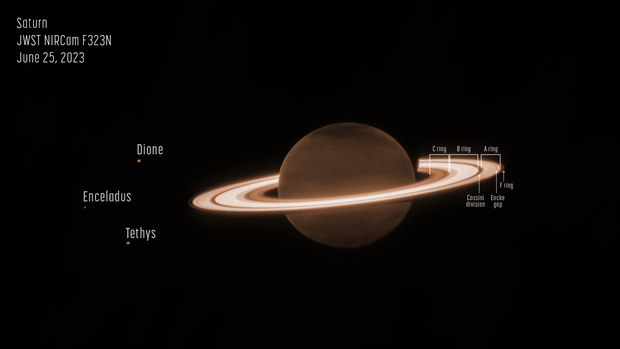It's technically called parthenogenesis. Some species of whiptail lizard (I had the privilege of seeing a whiptail in California, didn't get a photo, but not sure if it was one of those species) do it routinely, but can't ovulate without sexual stimulation. There are no males. So, yes, they're all lesbians ;).
A variety of species have been observed reproducing asexually in the absence of males. It's most often seen in reptiles, who's sex determination system allows a female to produce both male and female offspring, and is generally a temporary occurrence to help overcome a shortage of males.
Mammals, on the other hand, can't pull this trick. If we could, all offspring would be female (that's the source of trans Jesus jokes). We've managed to do it in the lab. So, human virgin births simply don't happen.
But something in species that can turns on when there aren't enough males. We now have a bit of an understanding as to why, and it involves the humble fruit fly...the standard Drosophila melanogaster used in so much lab work.
We managed to give the species the ability of parthenogenesis that it normally lacks, by using genes from a related species that does have the capability. As with the related species, females only resorted to parthenogenesis (which slows genetic change) when males were not available. But we know which genes are needed now, at least in fruit flies.
Why does this matter? Because stress on insect species induces parthenogenesis, and we're putting stress on pests...is there a way we can reduce the chance of this happening and thus control numbers?
